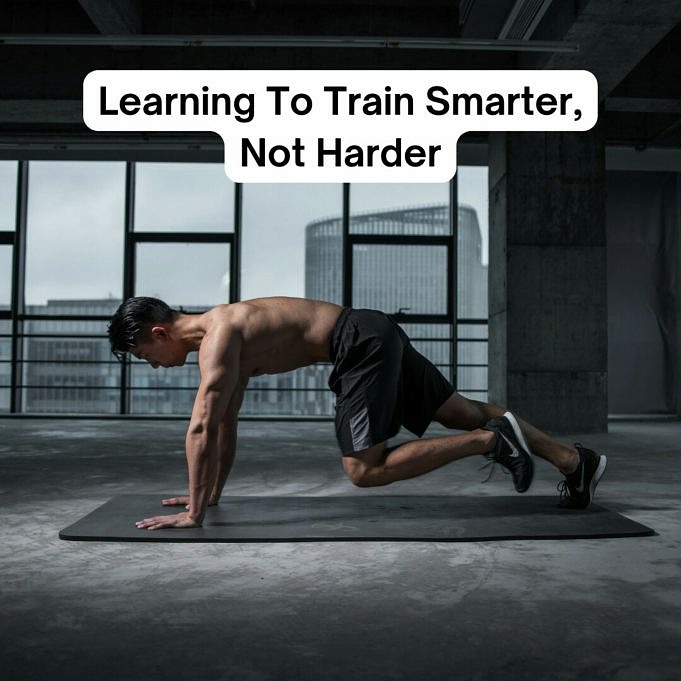By Jason Leith
Mountain biking is all about wasting energy. While no one would waste hundreds of dollars on bills, many people don’t think twice about how much energy they are wasting. Because energy is a finite resource, it is important to use it as efficiently as possible. Efficiency is something you can learn. You can stretch your energy dollar with patience and practice.
WHERE DO I START?
Start with the pedal stroke. The most common mistake when learning how to ride is to pedal in squares or mashing. This is pushing down and neglecting the upward pull. If you learn to pull upward, the dead zone in your pedal stroke will disappear and less energy is lost in the downward stroke.
Proper technique is built around spinning. This skill is essential to becoming a skilled cyclist. Spinning involves pushing and pulling on the pedals at once. One foot pushes downward while the other pulls. Does that sound easy? It’s not. The problem lies in the contraction and relaxation of the muscle in your upper leg. Here is the practice part. It takes some concentration at first but it becomes easier as you get more comfortable. It is important to concentrate on the upward motion of your pedal. The process will be easier if you use clipless pedals instead of toe clips. This training process is not possible without clipless pedals and toe clips.
HARD WORKED ADVICE
Clipless pedals are not to be avoided. The average user will need to ride about two times before they become comfortable with their system. Ask anyone who has used them and they will tell that they cannot ride without them.
A cadence meter is another useful tool to increase pedaling efficiency. Cadence meters are used to tell riders at what RPM they are pedaling. Here is the significance of leg speed. Leg speed refers to the speed at which the rider turns the pedals. Leg speed is determined by the number of revolutions per minute. The rider trains the leg speed to train the body to use muscle fibers for a specific amount of time. The rider can increase their neuromuscular memory by spinning at high rpm over a long distance.
This type of training works best on a smooth surface in the beginning. However, this does not mean that you must give up dirt riding. You can pedal to the trailhead and not drive there. If you don’t live near a trailhead, park your vehicle a few miles from the point you want to start. You can start in a light gear and then work your way up to the 90-100 rpm range. It will feel strange at first. Although you’re pedaling fast, your speed is not high enough to be rolling at an excessive rate. Do not let anxiety cause you to shift into a higher gear or ruin your cadence. You are learning to be fluid. Focus on pulling and pushing your upper leg and timing the muscle contractions. While you do this, pay attention to the movements of the rest of your body. Begin at your head and work your way down to your feet. Your body should be looking for areas where it is wasting energy. You can relax any muscles not involved in the pedal stroke. Your head should be elevated and your posture should be stable. Do not slouch or slouch your spine. Your arms should be bent slightly so shock can be absorbed with your arms, not your back. Your grip should be relaxed. Do not let your fingers grip the bars. You can use a lot of energy by squinting your eyes, believe it or not.
LEARNING CURVE
You will notice a smoother, more refined climbing style after two to three weeks. This is the result of learning how to pedal. You’ll notice a smoother transition in technical climbing and rocky sections. You will have more endurance, faster speeds and a longer lasting drivetrain. You will feel more comfortable on the bike.
MASTERING THE ART
Once you are proficient in the art of spinning, it’s time to start working on long climbs. Climbing is about being comfortable in the saddle and spinning for extended periods of time. This is where you will develop strength and power. The ability to exert maximum force at a given effort is called power. Don’t rush. This type of training should only be completed after smooth spin and leg speed are established. This is to avoid any problems that could be caused by excessive mashing. Many people experience pain in their lower backs, premature fatigue in their quadriceps, and pain in the knees due to excessive sheering force from underdeveloped muscles. To alleviate many of these issues, you can work out at the gym to strengthen your upper body and legs. The trunk should be highlighted. This includes the abs and obliques as well as the erector muscles. This is your central point.
Don’t forget your technique, even if you don’t race. A better technique does not mean winning more races. It is also about having more fun. This is not a job. Take the time to evaluate your technique and make improvements. A proper technique will reduce injury and make your outdoor experience more enjoyable.



